On the 14th of April, the Romanian Cultural Institute in Berlin hosted an artist talk with Matei Bejenaru, one of the most well known and provocative contemporary Romanian artists. The main presentation of his projects and the dialog that followed with the audience made up a truly special event, dare I say, without exaggerating, the most exciting and interactive artist talk I’ve ever took part in. I wanted some more information from Matei, so I asked him some personal questions, coupled with my own preoccupations and introspection regarding the art practice of an international artist. So we started a non-formal discussion after the event, with a glass of wine, that turned into an interview that I wanted to be extremely honest and that started with an almost organic curiosity about the feeling that Matei Bejenaru transfigures in his projects.
Travel Guide. Artist Talk with Matei Bejenaru at the Romanian Cultural Institute in Berlin was one of the most human and lively artist talks I’ve ever took part in. How do you perceive your listeners in these kinds of contexts and what do you want them to learn from your path as a visual artist?
I think I’ve gained some experience with public communications and managed to adapt my presentations according to what the public expects. Because one of the subjects is my (artistic) interaction with people, I think that you have to be a little confessional in order to gain trust and credibility. In fact, the ethical dimension of my social-artistic practice is very important and I want to public to get that in my presentations or art shows.
Your artistic projects involves working with people. How do you perceive the contemporary man from and existential point of view and what is his role, from a conceptual and aesthetic point of view, in your works? How would you describe your relationship with the people that are involved in your projects?
My personal experiences after 1990 have significantly influenced my artistic practice. I am interested in representing, using artistic means, those who have lost, the outsiders that matter too little today. I am trying as hard as I can to have an honest, clear and sincere relationship with the people I work with. I think it’s the artist’s duty to explain to the people he’s working with what he wants to do and what is the significance of this in his artistic approach.
I can’t say I’m very close to everyone I’ve interacted with, but in some cases, we stayed in touch.
How did you make the transition from the traditional forms of visual expression you were thought at the George Enescu University of art to the present day experiments? When did your art become a language and how is your process of materializing an idea?
I studied painting in Iași in the first half of the 90s and, even during college, I made all kinds of artistic experiments using my body in performances or exploring the potential of a photographic image or a video.
Later, after seeing and learning more, I developed my capacity of self-analysis and contextualizing my artistic practice. In the last 4-5 years I’ve developed artistic projects that analyze precisely the artistic process, the methods used for making new works. I think that the engine for my artistic developments is powered by a hybrid fuel, something between a pathetic and emotional exhalation and rational lucidity.
How do you feel about Romania before ’89 and how do you feel about it now? What are the projects you consider most important that are linked to the Romanian socio-political situation? What do you feel when you present to someone of another nationality, in an event such as the one at ICR Berlin, a project like “Strawberry Fields Forever”? Is the title inspired by The Beatles song?
Before 1989, I was pretty young, studying engineering, my points of view were not clearly shaped yet. I was very happy to be a part of the political change in Romanian and I took advantage of this historical event: I quit teaching as a young engineer and decided to study art after 1990.
Within communism, we lived a big lie, today, in our capitalism, we are aware of the grand scheme. I reflected on the drama of Romania after 1990 in the film Maersk Dubai, the tragic story of three Romanians, illegal immigrants, discovered on a ship and thrown into the ocean… The project Travel guide, a conceptual writing experiment, talks about the massive Romanian immigration after 1990.
I think the title of a work is the key to reading that work. This is why I’ve developed a few methods of naming my works. Strawberry Fields Forever is, of course, a reference to the very famous song, and this attracts the public into paying close attention to an artistic project that talks about the strawberry pickers in Spain. It is the sad story of most Romanians that were forced by poverty to look for jobs abroad.
What did it mean for you and how did you perceive your artistic evolution on a personal level as well as the social level when working on the project “Together” for the Tate Modern in London?
The project I made at Tate Modern is a follow up for Travel guide. Since it was made in a prestigious institution, I had the chance to showcase the work to a lot of people and I also got invited to participate in other projects. Personally, I was happy that I could make such an ambitious project and was able to work with 250 Romanians from London in a performative project. I can still see it clearly, that bear I drank with the English curator after the project, when he said that if I managed to convince so many people to collaborate in a project some might find bizarre, that makes me a good politician… I told him that I don’t like to wear a suit, even if I work as a teacher…
“Looking for Caslav” impressed me the most. What was the most challenging aspect when working on this project? If you could attribute any significance in your life and artistic trajectory, what would that be?
The work is honest, emotional, like many moments in my human life, with few friends, but with a general love of people. I met Caslav in 1982, in the Turnu Severin square where I came to buy a pair of jeans from some Serbians, because I just became a student… 20 years later, in 2002, I looked for him in Serbia, found him in the city of Zajecar and met with him as an art project. We both survived the turbulent times we faced, Yugoslavian wars and transitioning to the wild capitalism of Romania.
What is your creative process? How does an idea come to life and what are the steps to making it possible? Do you ever think about where you’ll exhibit a project before making it or does this play a less significant role for you? Do you prefer established places as opposed to unconventional spaces?
My art projects are greatly inspired by my own life experiences. That’s how a lot of my works got started. The general idea got developed as I did more research on the subject I chose in order to have a nuanced opinion. For example, the project Lohn, a collection of clothes that were proportionally oversized according to the profit rate of an Italian investor at a textile company in Iași was inspired by the analysis of the Romanian economic structure in the mid 2000s, which was dominated by the phenomenon of relocation, motivated by the local cheap labor.
The clothes are funny sculptures that, when taking a closer look, talk about the Romanian economy, something serious and sad for us.
Until now, I’ve worked site-specific in both unconventional spaces and museum spaces as well.
How do you mix teaching with art? What is your relationship with your students as a professor and an artist?
I spend a great deal of time as a professor, an activity that guarantees my everyday living. As the years went by, I can hardly believe I’ve been teaching photography for over 20 years now, I’ve gained enough experience and I do my job with passion and pleasure. The deep talks I had with my students gave me a more complex and nuanced understanding of the contemporary artistic phenomenon. I even collaborate with some of my former students in some projects and it makes me very happy that we stay in touch. It’s too bad there are so few opportunities for young artists in Romania, which makes a lot of those with artistic potential to quit.
What are your future projects? How are these conceptually linked to your previous work?
After the year 2000, I’ve developed artistic projects in which experimental photography and film became a priority. The common element is the documentary format which is based, in my case, on different types of social interactions. Over a decade ago, I used to talk about our post-communist condition and the way in which we fit in the globalized world with my social artistic projects. Now, I am interested in the way we produce advanced knowledge in an artistic process and how our personal as well as collective experiences influence the construct of an art form. That means that I am trying to artistically mediate the relation between political and aesthetic.
If you were to characterize your art practice in one word, what would it be?
Together.
The author would like to thanks ICR Berlin & Raluca Betea.
POSTED BY
Ada Muntean
Ada is a Graduate of University of Art and Design in Cluj-Napoca and has a PhD in Visual Arts (2019), conceiving a research thesis entitled "The Human Body as Image and Instrument in Contemporary Art....


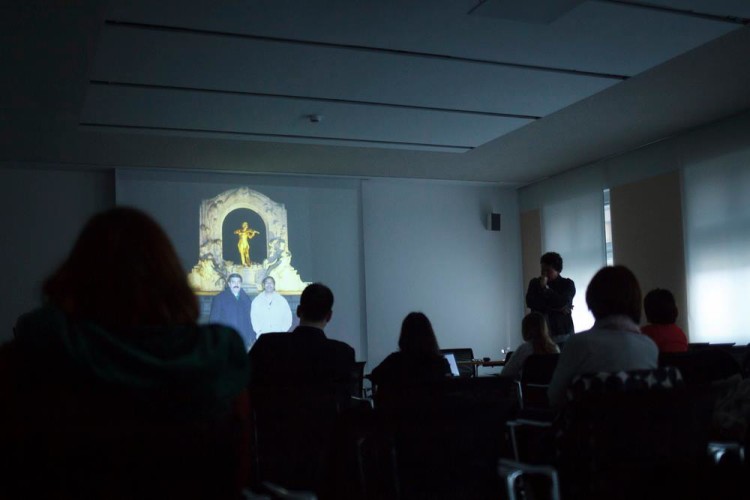
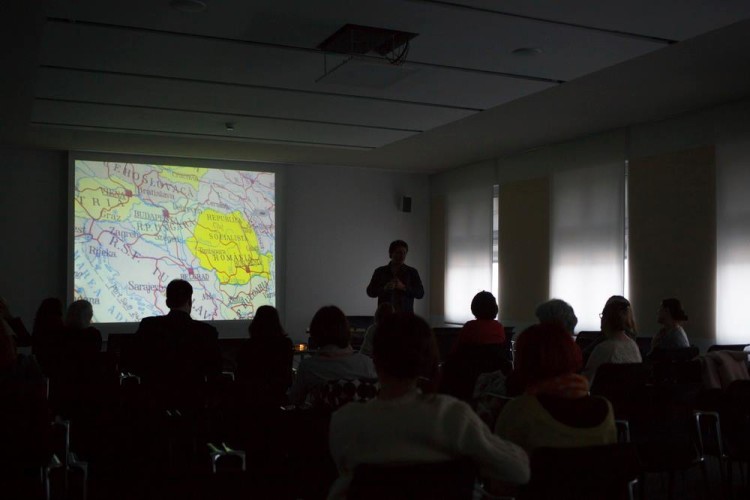
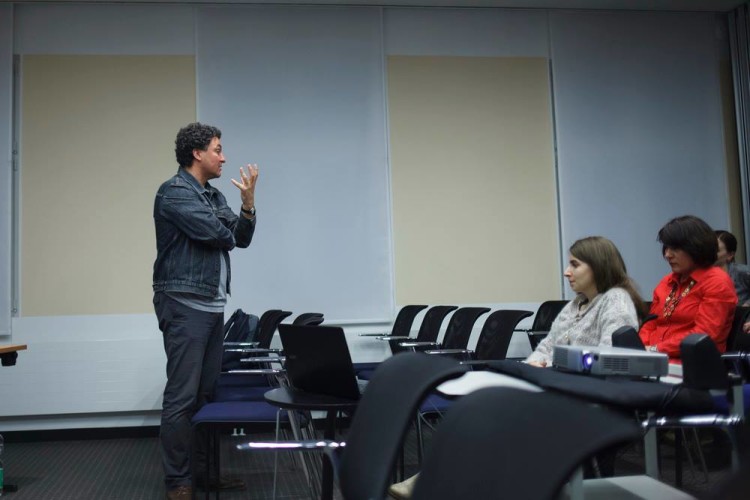
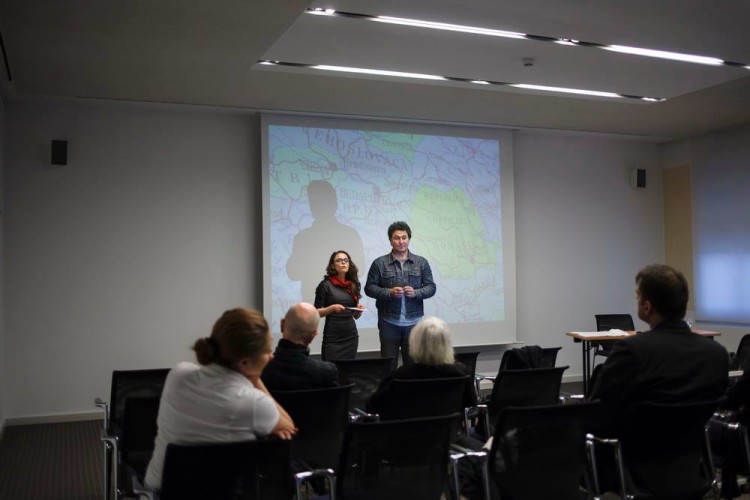
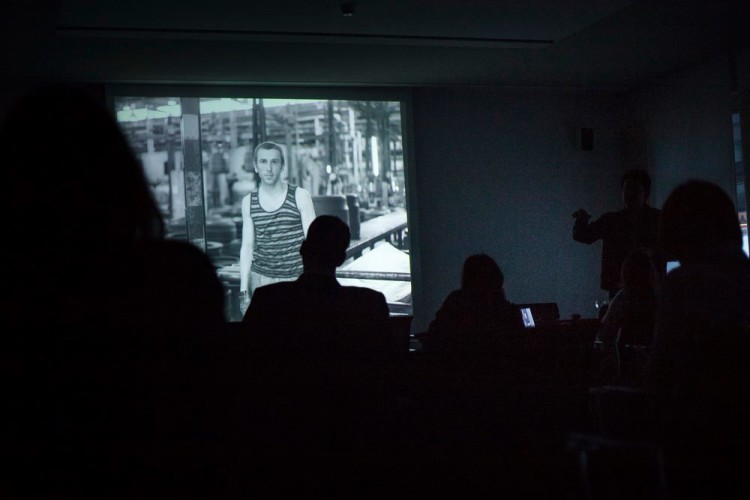
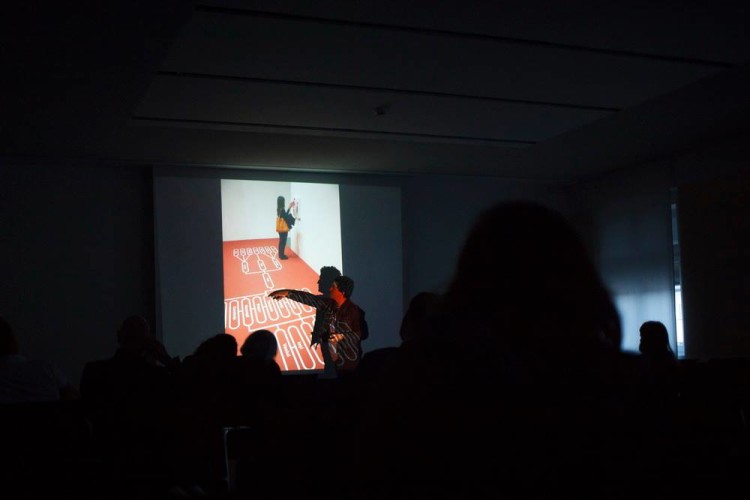
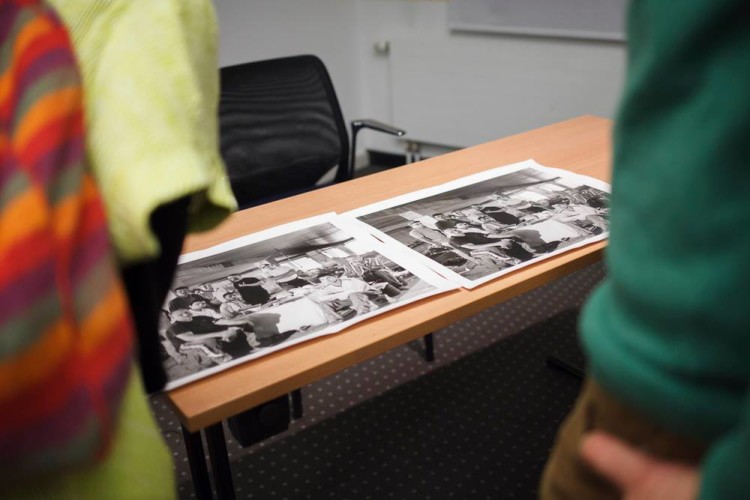
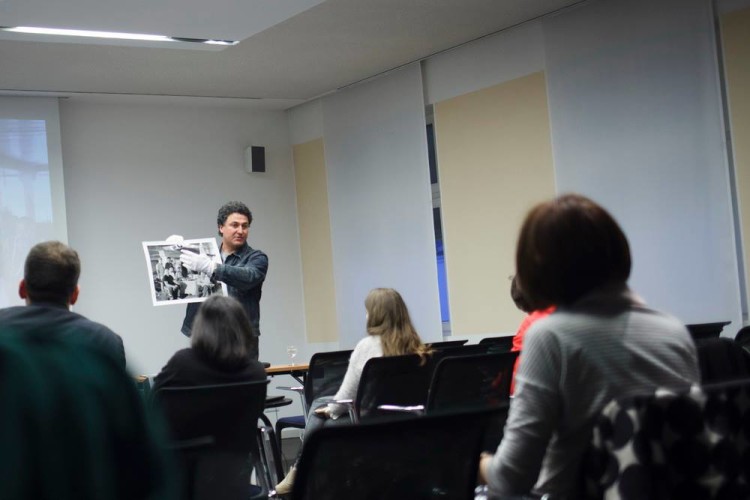
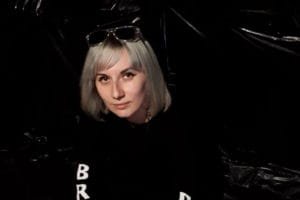
Comments are closed here.